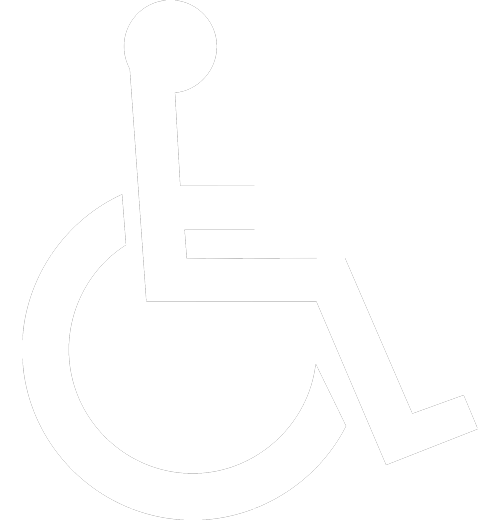Will All Car Services Be Driverless Soon?
Imagine hailing a cab, wherever you are, and getting picked up, only to find that the car has no driver – because it’s driving itself. It sounds like a sci-fi future fantasy, and although that specific scene is still a little ways off, it’s probably closer than you imagine. Driverless cars have been a dream for ages, and we’re finally seeing that fiction become a reality, but at what cost? Here’s what going on with driverless cars and where they might be headed.
Driverless Cars on the Roads
Autonomous cars have been making waves in the news lately, but they’ve been around a lot longer than you probably imagine. Researchers and manufacturers have been testing and tweaking self-driving systems for decades, but it’s companies such as Tesla and Google that have finally managed to get it down to a science.
Tesla’s cars are outfitted with an autonomous technology called “Autopilot,” which actually works quite well to steer the car without any human intervention. However, after a handful of fatal crashes, Tesla has reaffirmed that its autopilot feature is just that, and that drivers still must keep their hands on the wheel. Tesla’s real focus is on their electric fuel source, not so much the potential for driverless cars.
 Although Tesla might be backing away from autonomous car technology, other companies are stepping up. With a recent trial run in Pittsburgh, Uber, the ridesharing service, might just be the first company to bring real, fully autonomous cars to the road. OK, they’re not fully autonomous yet: the cars still have an engineer behind the wheel, just in case a human needs to intervene. Nevertheless, it’s a huge step for driverless cars on the road – and car services using this technology to power their infrastructure. The program is still in its early stages, but it seems to be a success so far.
Although Tesla might be backing away from autonomous car technology, other companies are stepping up. With a recent trial run in Pittsburgh, Uber, the ridesharing service, might just be the first company to bring real, fully autonomous cars to the road. OK, they’re not fully autonomous yet: the cars still have an engineer behind the wheel, just in case a human needs to intervene. Nevertheless, it’s a huge step for driverless cars on the road – and car services using this technology to power their infrastructure. The program is still in its early stages, but it seems to be a success so far.
Causes for Concern
It’s obvious that there’s a lot of potential in autonomous car services. For one thing, autonomous cars tend to have a safer driving record than human drivers, and self-driving technology is only going to get smarter and safer. Plus, because a driverless car doesn’t care what time it is, a car service can deploy a car at any time of the day, making it potentially more reliable than a human driver. This adds up to a safer and more convenient experience for the user.
Of course, there are many big questions that are still unanswered, even as Uber tests out its self-driving cars in Pittsburgh. For example, how will we know when the technology is safe enough that a human driver doesn’t need to ride along? What happens when a self-driving car gets into a car accident, and who’s liable? What about when an autonomous car must choose between saving the rider to prevent injuring a pedestrian? These are all very troubling situations that many don’t feel comfortable leaving in the hands of a machine.
The safety of the technology isn’t the only concern. As with any new autonomous innovations, worries arise about the industries the new technology will affect. If self-driving cars are as good as they seem to be, and they do happen to take off in a big way, how will this affect people who drive for a living? Thousands upon thousands could face unemployment and an already-tough job market.
It’s easy to imagine that there will have to be some government regulation to prevent injury and job loss. But, can the government keep up with the blistering pace that autonomous car manufacturers are setting? Self-driving innovations are happening at an exponential pace, and it’s difficult to anticipate how the government, and the general population as a whole, will react to driverless cars on the roads.
That’s why Uber’s trial run in Pittsburgh is so important. In a way, it’s setting an example for driverless cars, and how successful the program is could have serious effects for whether or not the industry succeeds. If Uber continues to do well with its trial run, the idea of a self-driving car service won’t be a question of “if” – it’ll be a question of “when.”








